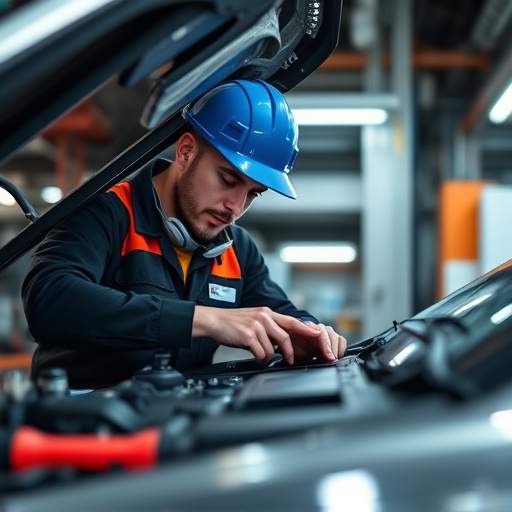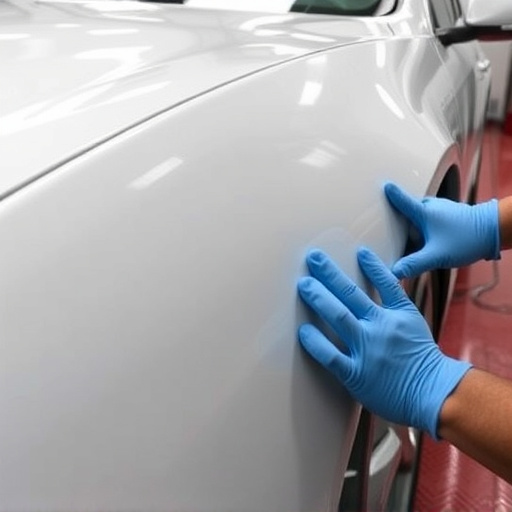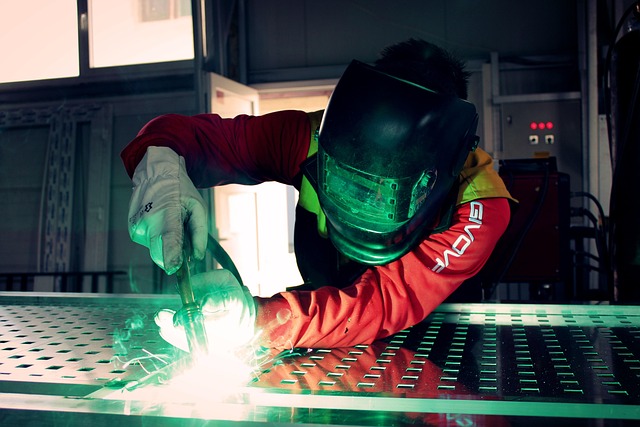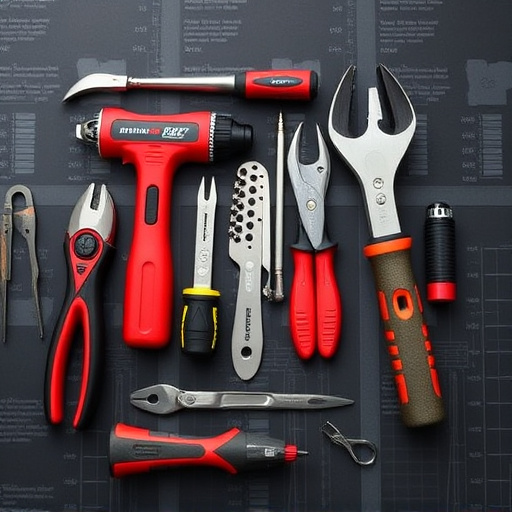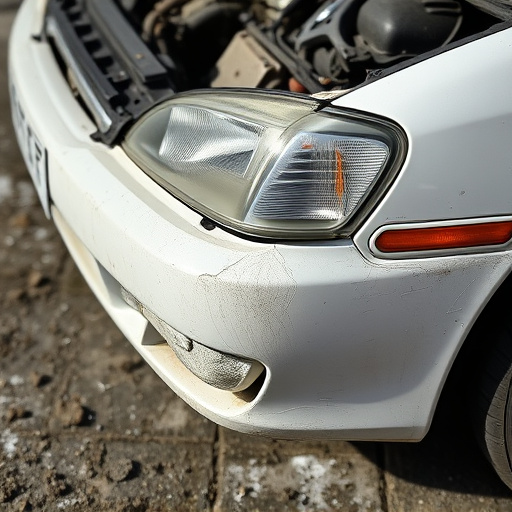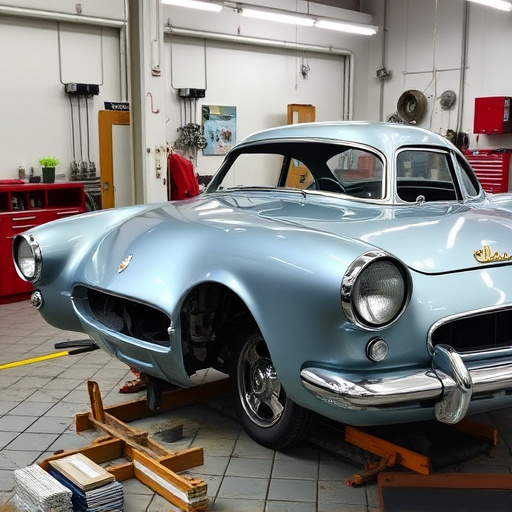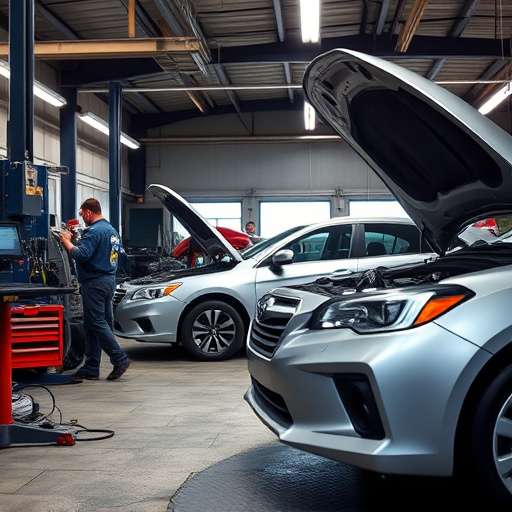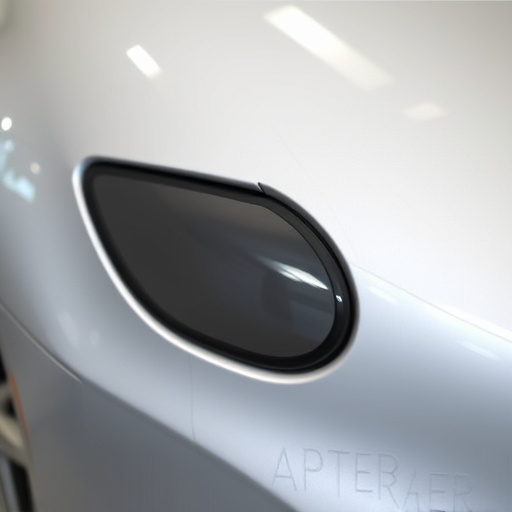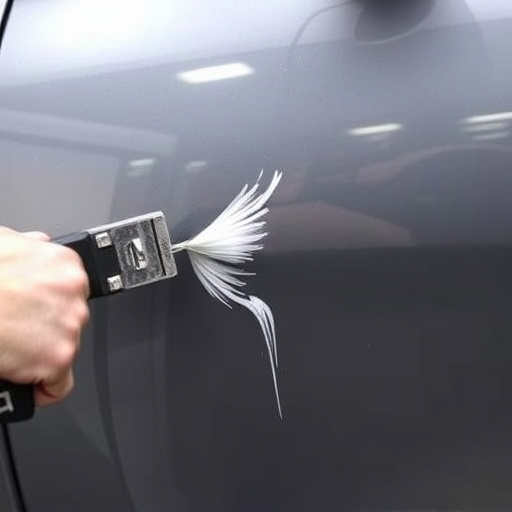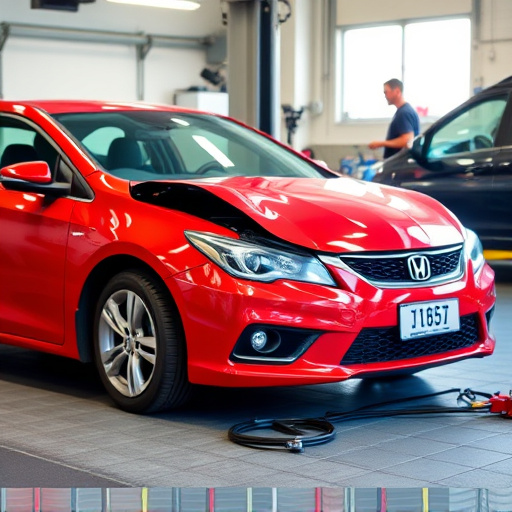Spot welding equipment revolutionizes automotive repair by fusing metal with precise heat, offering efficiency, precision, and high-quality repairs for hail damage, collisions, and classic car restoration. Adopting this technology enhances structural integrity while reducing labor times, costs, and errors, setting repair shops apart in a competitive market. To integrate spot welding equipment successfully, assess needs, choose the right machine, train staff, optimize workflow, and monitor performance continuously.
Spot welding equipment is transforming the automotive repair landscape, offering shops a significant competitive advantage. This technology enables precise, efficient, and robust metal joining, crucial for high-quality repairs. By understanding the intricacies of spot welding machinery and its applications, workshops can unlock enhanced productivity and customer satisfaction. This article delves into the benefits, impact, and practical strategies for adopting this game-changing equipment.
- Understanding Spot Welding Equipment: Unlocking Efficiency and Precision
- The Impact on Repair Shops: Enhancing Competitive Edge and Customer Satisfaction
- Strategies for Adoption: A Step-by-Step Guide to Integrating Spot Welding Technology
Understanding Spot Welding Equipment: Unlocking Efficiency and Precision

Spot welding equipment represents a significant advancement in the automotive repair industry, offering repair shops a competitive edge in terms of efficiency and precision. This specialized machinery utilizes concentrated heat to fuse two metal pieces together, creating strong, permanent bonds. Unlike traditional welding methods, spot welding is highly versatile, suitable for various materials and configurations, making it an indispensable tool for hail damage repair, vehicle paint repair, and collision repair professionals alike.
The benefits of investing in top-tier spot welding equipment are manifold. It streamlines the repair process, reducing labor times and minimizing the risk of errors. The precision it offers allows for exacting work on intricate components, ensuring repairs that match the original factory standards. This not only enhances the overall quality of the repair but also boosts customer satisfaction and loyalty. With its ability to efficiently handle diverse repair scenarios, spot welding equipment has become a game-changer in the competitive landscape of collision repair services.
The Impact on Repair Shops: Enhancing Competitive Edge and Customer Satisfaction

The adoption of spot welding equipment in repair shops brings about a significant transformation, enhancing their competitive edge and customer satisfaction. This advanced technology allows for precise and efficient metal joining, particularly in auto body repair and classic car restoration projects. By employing spot welding, shops can achieve superior structural integrity while reducing the time and labor required for complex repairs, such as car dent removal.
The impact is twofold: first, it enables repair professionals to deliver high-quality work more quickly, meeting or exceeding customer expectations. Second, the efficiency gains translate into cost savings, allowing shops to offer competitive pricing without compromising on the excellence of their services. This combination of speed and affordability is a powerful differentiator in a crowded market, solidifying the shop’s reputation as a go-to provider for auto body repair and restoration needs.
Strategies for Adoption: A Step-by-Step Guide to Integrating Spot Welding Technology

Adopting spot welding technology for your automotive body shop or fleet repair service can be a strategic move to gain a competitive edge. Here’s a step-by-step guide to help you integrate this innovative equipment smoothly:
1. Assess Your Needs: Begin by evaluating your current processes and identifying areas where spot welding can enhance efficiency, reduce costs, and improve the quality of repairs. Consider factors like the types of vehicles you work on, common dent repair tasks, and the skill levels of your team.
2. Choose the Right Spot Welding Equipment: Select a machine that aligns with your shop’s requirements, including power sources (AC or DC), current range, and ease of use. Modern spot welding equipment often comes with advanced features like digital controls, precise current regulation, and compact designs, making them ideal for both large-scale automotive body shops and smaller fleet repair services.
3. Training and Education: Invest in training sessions for your staff to familiarize themselves with the new technology. Understanding the intricacies of spot welding ensures consistent and high-quality results, which is crucial for maintaining customer satisfaction and building a solid reputation.
4. Integrate into Workflows: Plan how spot welding will be incorporated into your existing workflows. This might involve modifying work stations, reorganizing repair procedures, or even redesigning the shop floor to accommodate the new equipment efficiently.
5. Pilot Testing: Start with small-scale projects to test the waters and gather feedback from both staff and customers. This approach allows you to identify any potential challenges early on and make necessary adjustments before full-scale implementation.
6. Monitor and Optimize: Regularly assess the performance of your spot welding equipment, comparing outcomes against traditional methods. Continuously refine your processes to maximize the benefits of this technology, ensuring your automotive body shop or fleet repair service remains competitive in the ever-evolving market.
Spot welding equipment represents a powerful tool for repair shops looking to gain a competitive edge in today’s market. By understanding and effectively utilizing this technology, shops can significantly enhance their efficiency, precision, and customer satisfaction levels. The strategic adoption process outlined in this article serves as a roadmap for integration, ensuring that businesses can harness the full potential of spot welding equipment to stay ahead of the competition.
